Anchovies and the Umami
These little fish are an informed chef of home cook's secret ingredient. Anchovies are aggressively salty and oily and if you ask them most will aggressively let you know they hate the little fish. Anchovies are loaded with omega3 fatty acids that benefit your heart and are a repudiated super-food.
Another little know fact is that anchovies are full of “umami”. Umami is a fifth flavor that the Japanese have discovered that greatly enhances the good taste of other ingredients in a particular recipe.
They are a mandatory ingredient in pasta alla puttanesca and are an important component in Worcestershire sauce, Caesar salad and Korean Kimchi.
Anchovies are commonly found filleted, preserved in salt and packed with oil into small tins. Ground anchovy fillets, anchovy paste, is found in a small resealable tube and keeps practically forever when stored in the refrigerator. Substitute 1 teaspoon of anchovy paste for 2 chopped anchovy fillets.
Some authentic Italian or Greek recipes called for whole salt-packed anchovies which are prized for their meaty texture and intense flavor. You can often find them in International stores or Italian or Greek grocers. Typically sold in cans, leftover anchovies can be transferred into a heavy duty zipper bag or other air-tight container and be stored in the refrigerator for two to three months.
The salt packed anchovies must be soaked in water and filleted before used in the recipe. Place the salt-packed anchovies in a bowl and cover with cold water. Let stand for 5 minutes and then drain. Repeat with a fresh batch of water and they are ready for filleting.
To fillet, hold the anchovy in one hand and with the other hand grab the head and pull it back towards the tail. The backbone should come away from the flesh and leave one anchovy fillet on your work surface. Then using the tip of a paring knife, coax the remaining fillet away from the backbone. Scrape away and discard the skin.
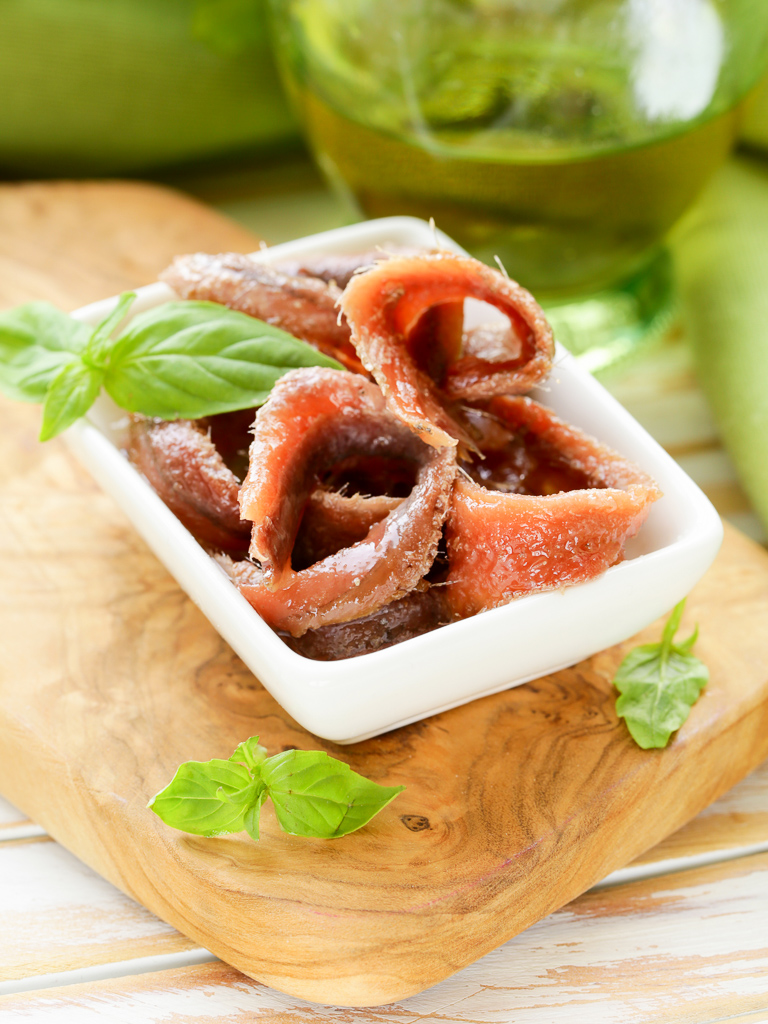
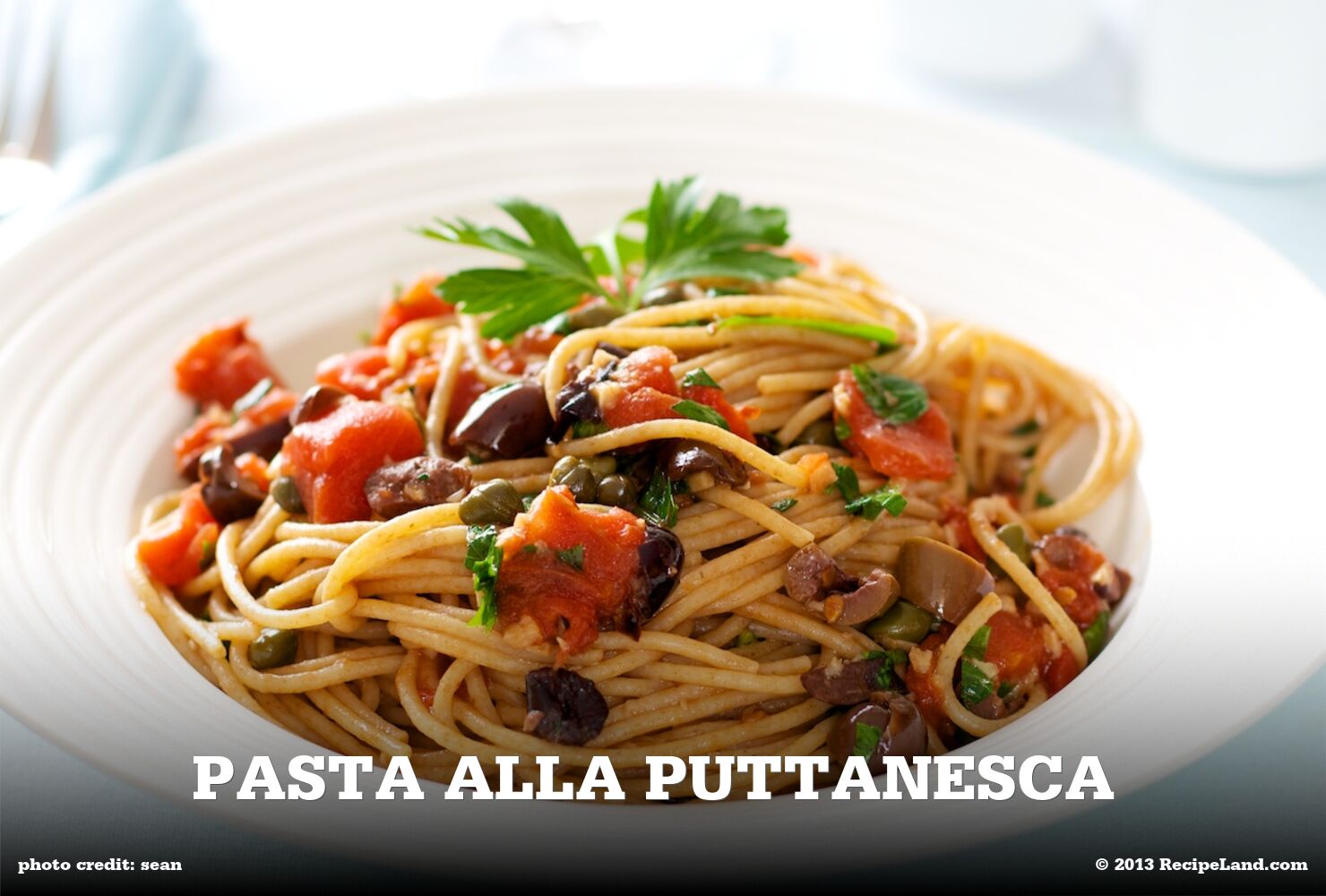
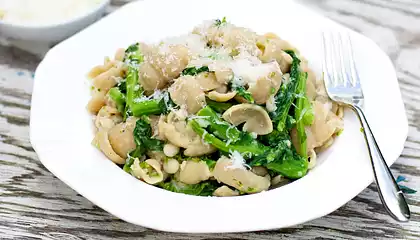
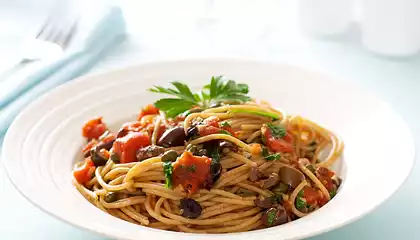

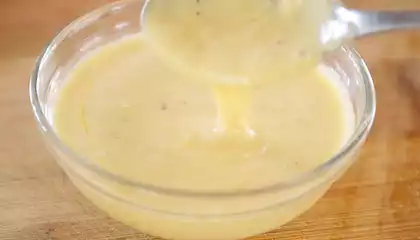
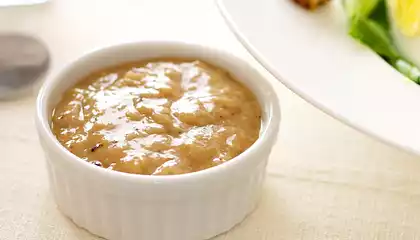


Comments